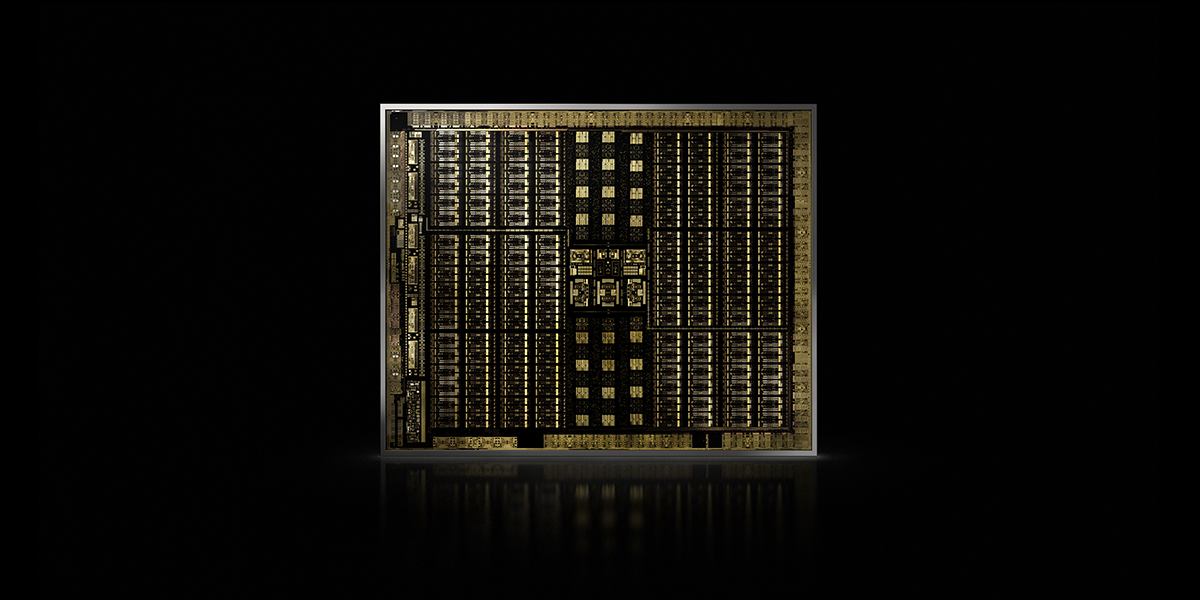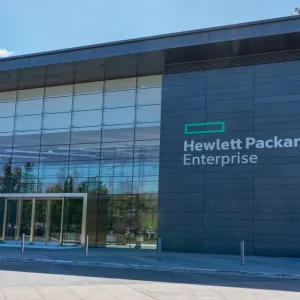
A “dramatic” pause could be seen in hardware spending among hyperscale cloud providers in the past quarter, according to NVIDIA CEO Jensen Huang – but the company expects enterprise customers operating hybrid cloud infrastructure to ramp up spending on their own stacks in 2019 as they target more machine learning.
The hyperscale slowdown has been well documented. Yet a Q4 earnings call, in which California-based NVIDIA reported a sharp drop in quarterly revenue to $2.21 billion, (down 24 percent from a year ago) showed the company sees enterprises from retail to finance, mobility to healthcare crunching ever-more data closer to home.
NVIDIA is “in the process” of partnering with major IT vendors to take full stack GPU-accelerated infrastructure to the enterprise as a result, it said.

(The blip was a poor end to an otherwise excellent year: NVIDIA reported record full-year revenue of $11.72 billion, up 21 percent from a year ago, with record highs across its Gaming, Datacenter, Professional Visualisation and Automotive segments.)
“A Turbulent Close”
“This was a turbulent close to what had been a great year,” said Jensen Huang, founder and CEO of NVIDIA. “The combination of post-crypto excess channel inventory and recent deteriorating end-market conditions drove a disappointing quarter.”
“Despite this setback, NVIDIA’s fundamental position and the markets we serve are strong. The accelerated computing platform we pioneered is central to some of world’s most important and fastest growing industries – from artificial intelligence to autonomous vehicles to robotics. We fully expect to return to sustained growth.”

NVIDIA Results: Enter Enterprise Buyers
“The [hyperscale] pause is probably the most dramatic”, CEO Huang said on a call, in response to a question from Barclays’ Blayne Curtis about the Q4 slowdown.
But suggesting a growth opportunity closer to businesses, he said “[Enterprise is a] much smaller base for us but we expect it to be a much larger base in the future.”
“And the reason for that is because most of the enterprises today don’t use deep learning, they use an approach called machine learning. They might use things like decision trees, or graph analytics, or regressions, or clustering, or things like that, algorithms like that. And they run data analytics applications for business intelligence on large amounts of data, and they might be running it on top of a [Apache] Spark stack that was created out of Berkeley and open source from Databricks.”
Read this: Databricks Clinches Microsoft Backing, Plans European Expansion on $250m Series E
“That’s what healthcare companies do and financial services companies do, and retail companies do. They use it for fraud detection, predicting inventory, trying to make the best matches between riders and drivers… I expect enterprise to be a fairly exciting growth opportunity for us.”
NVIDIA has invested a specific stack for developers looking to run machine learning and big data analytics on its GPUs; an accelerator dubbed RAPIDS that it released to the market in late 2018 alongside its T4 GPU: “We’re in the process of partnering with large IT companies to take the stack and the solution out to the world’s enterprise”
Huang said: “We’ve been successful with CSPs [cloud service providers], because they’re easy for us to reach. But the world’s enterprises are far and many and they’re giant industries. And our company’s sales coverage doesn’t allow us to reach every single healthcare company and every single insurance company and retail company.”
“And that’s where our network of partners really come in. We have great partnerships with HP. We have great partnerships with Dell and Cisco and IBM. And now we’ve developed relationships with the storage vendors. And the reason for that is because most of these big data problems require great deal of storage.”
“We have four different ways to grow our data center business [inference, data analytics and machine learning, rendering, and taking the entire stack to the enterprise] and we’re enthusiastic about it. I’m optimistic about it.”






